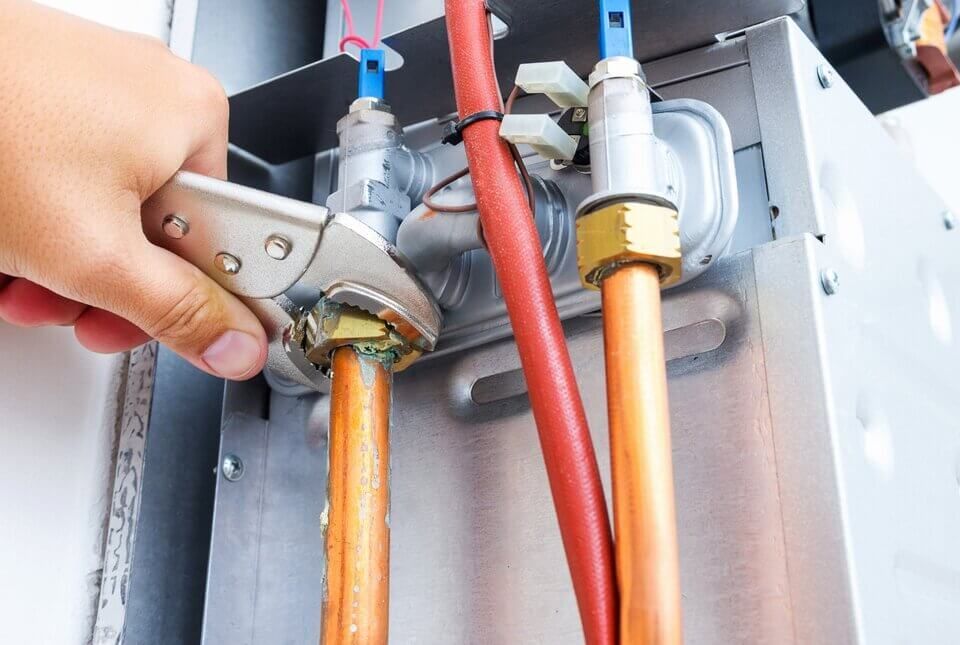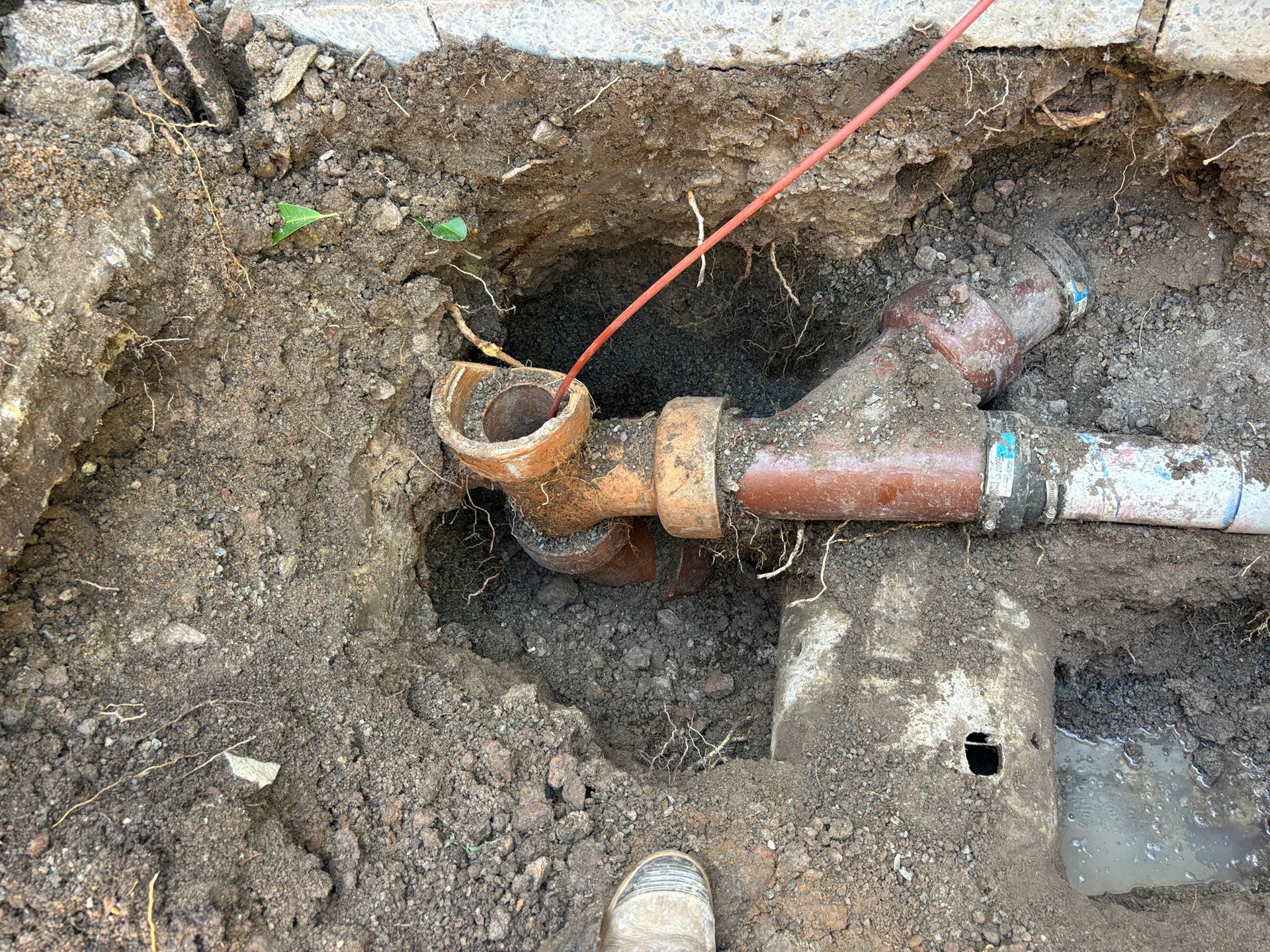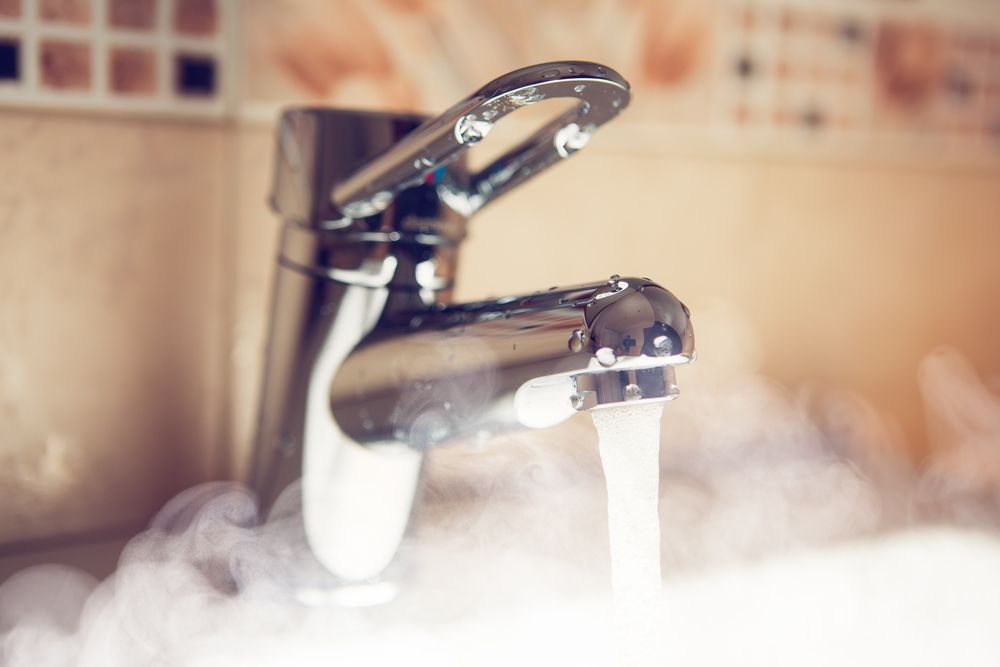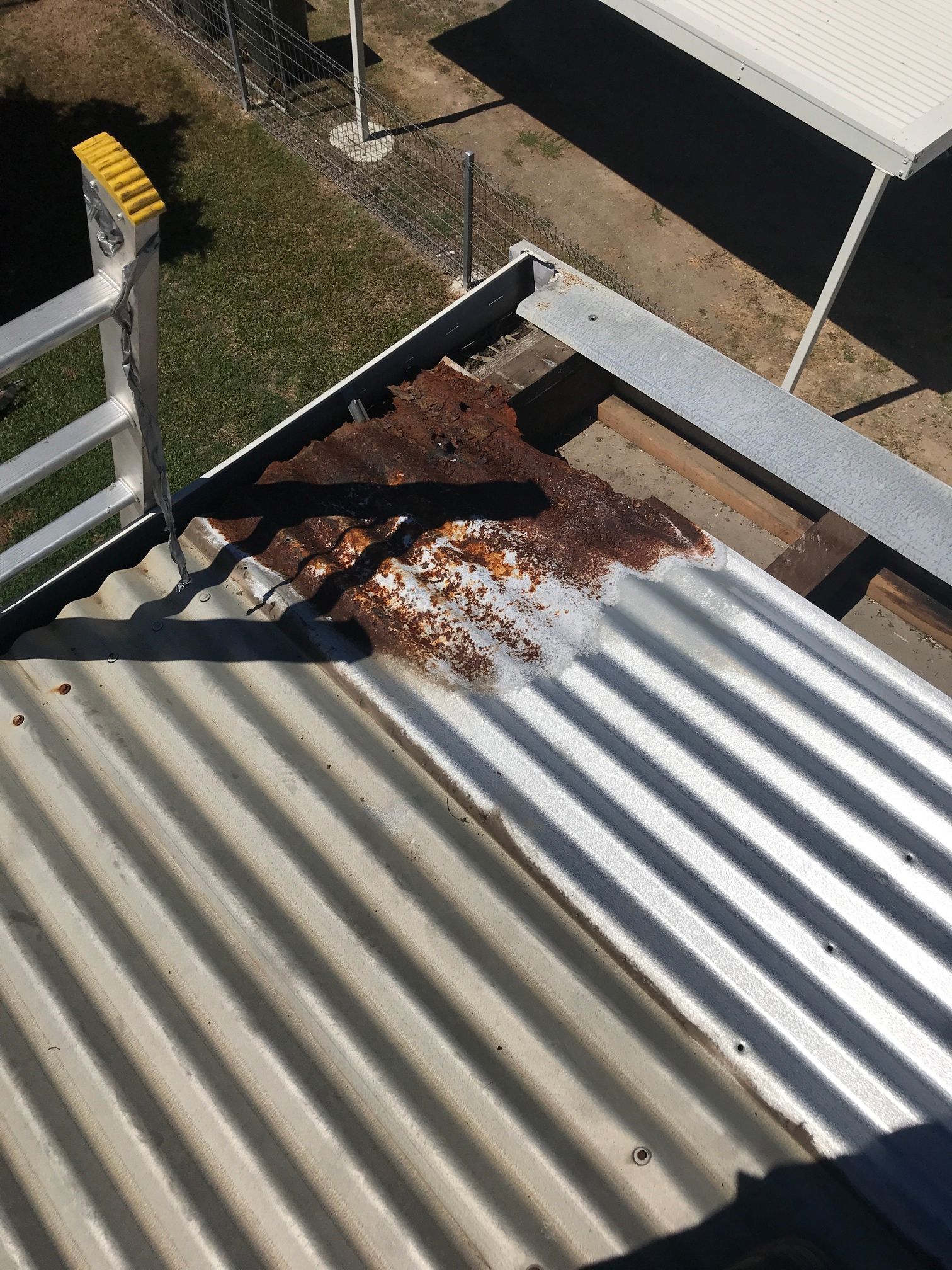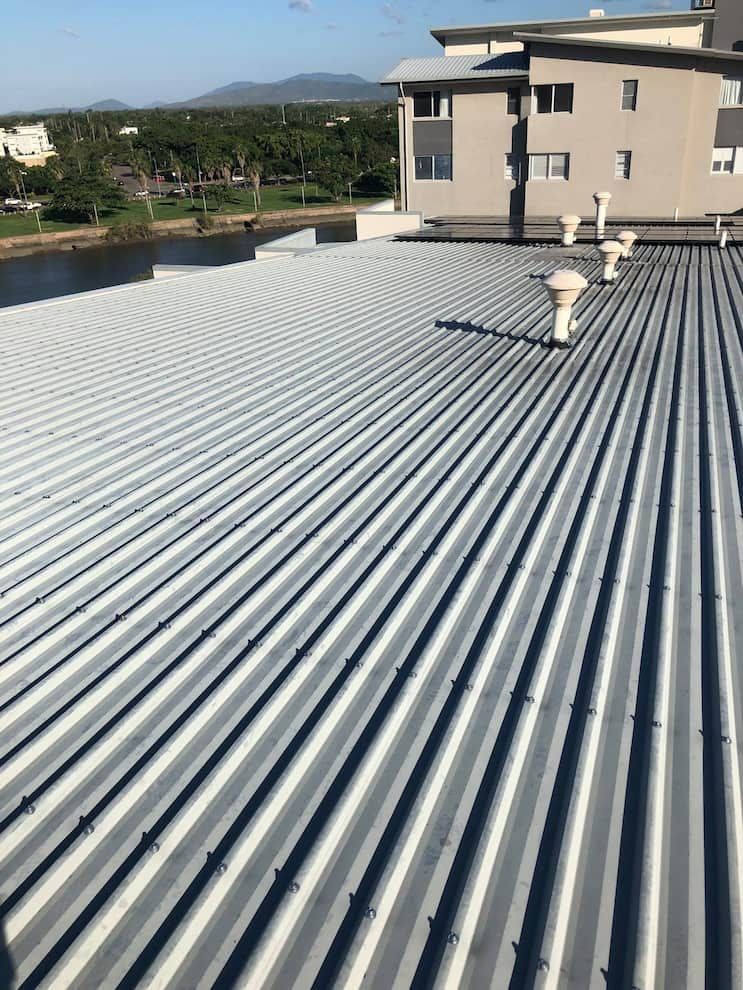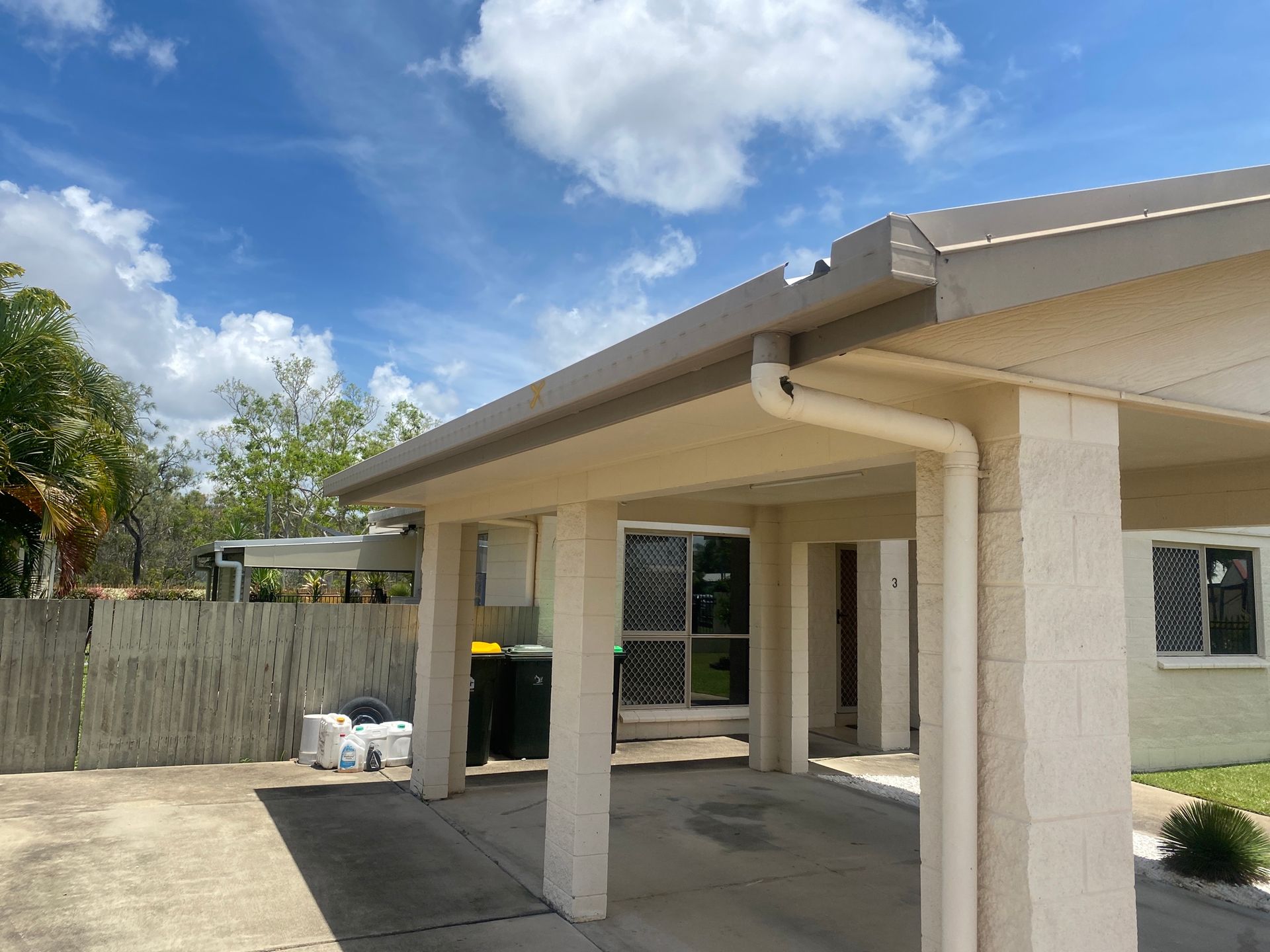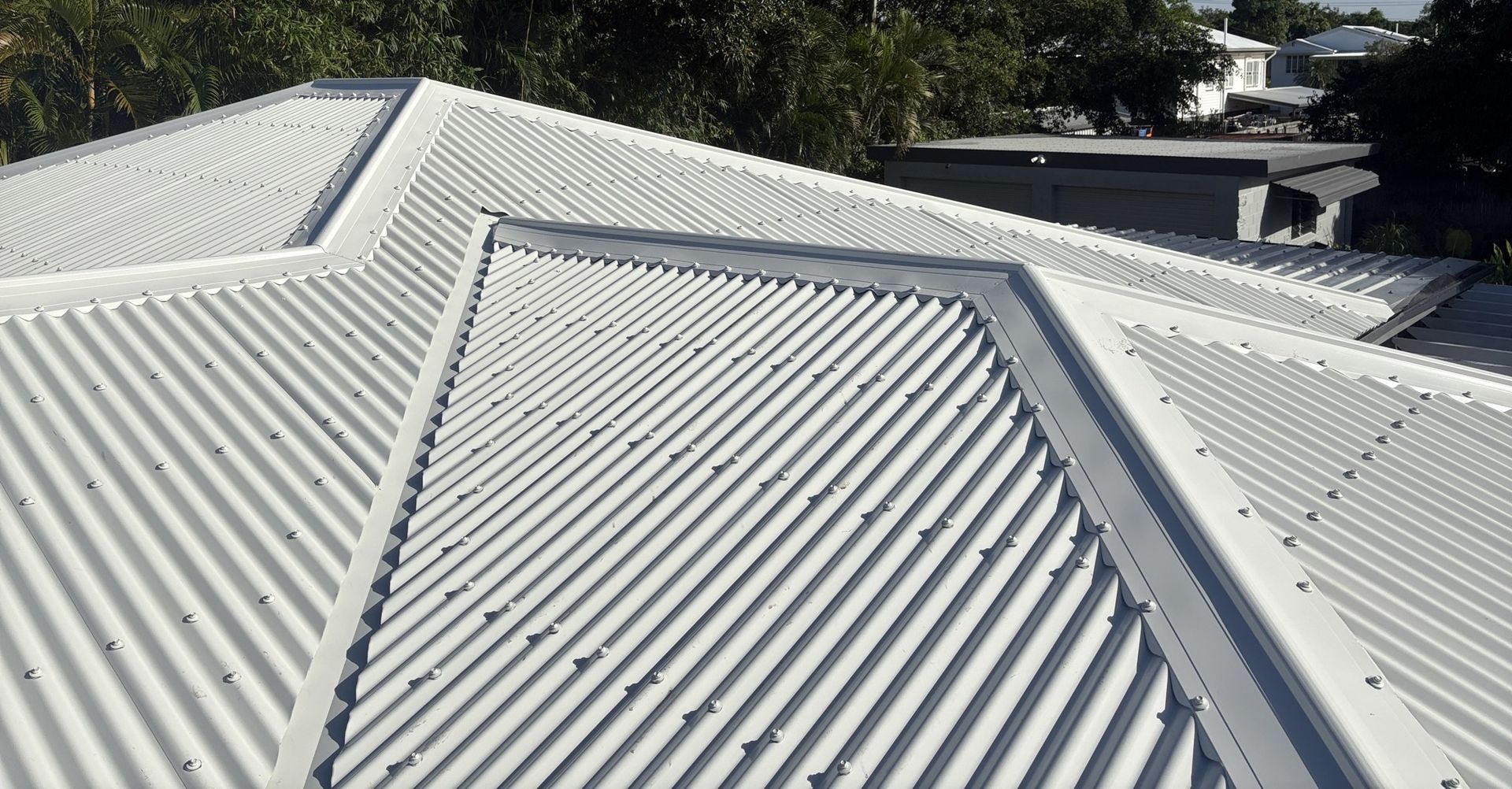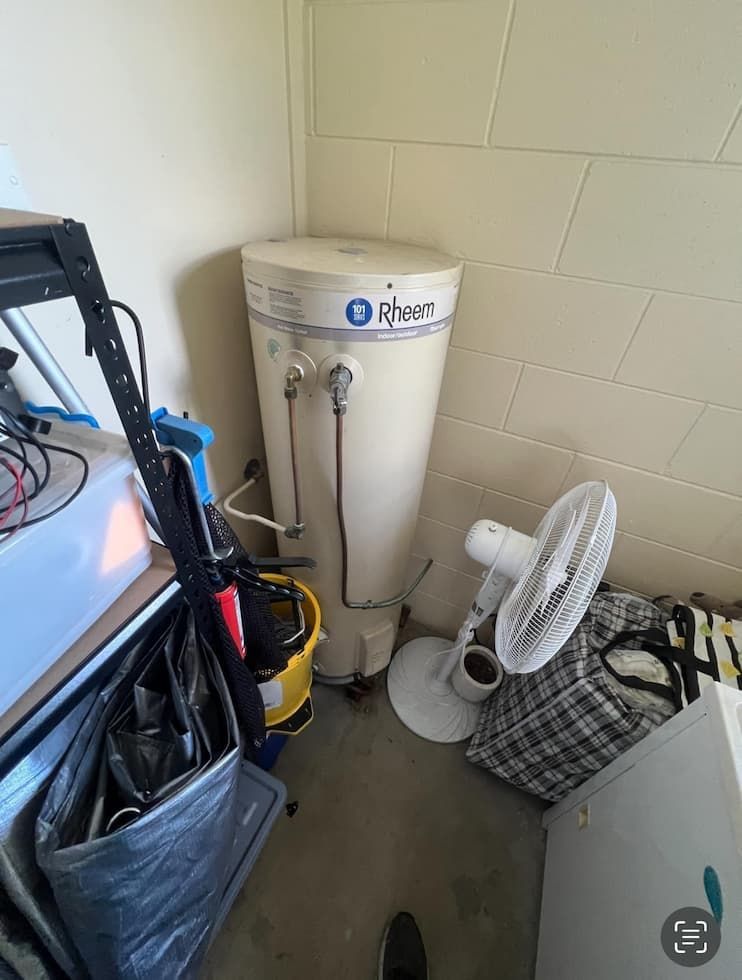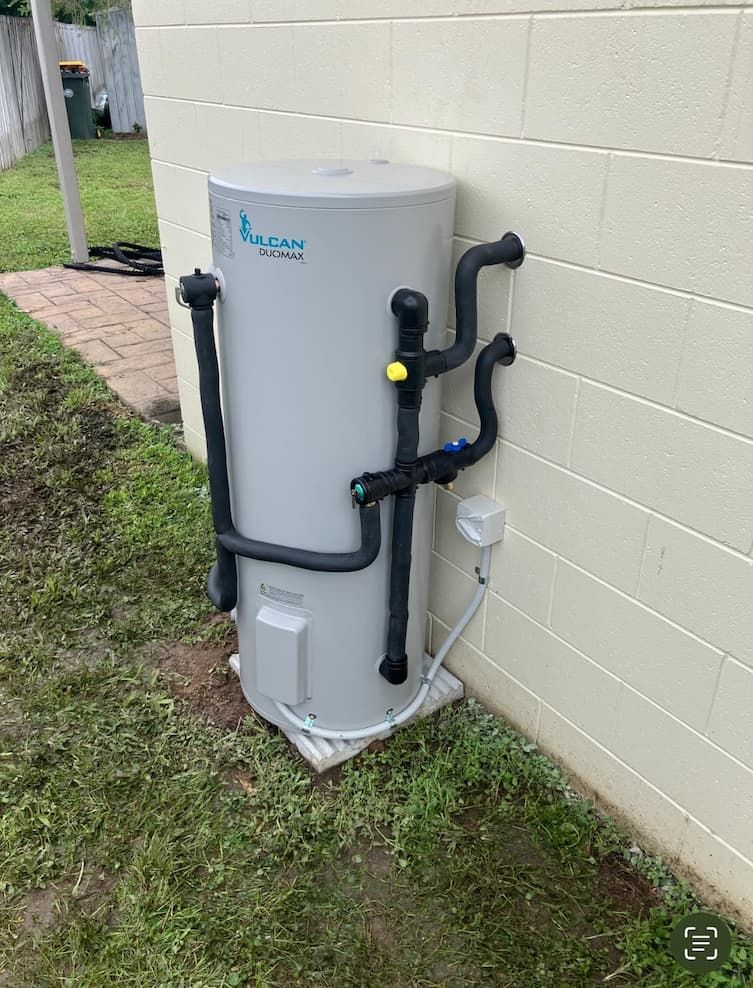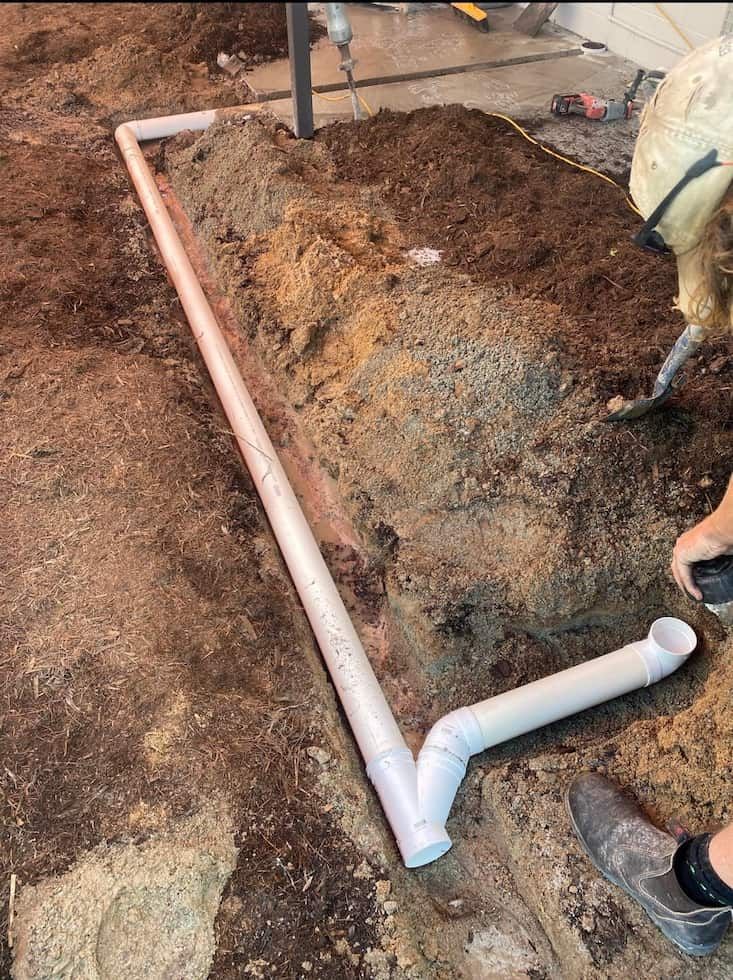How Do Solar Hot Water Systems Work And How Long Do They Last?
Solar hot water (SHW) systems are just one of the ways renewable energy is being used in Australia. With such abundant sunshine, SHW offers an environmentally-friendly and cost-efficient solution for heating water and is used in both homes and businesses all over this sunburnt country.
Top to Bottom Plumbing supplies hot water systems to homes in and around Townsville, Queensland.
Table of contents:
How does solar hot water work?
The hot water tank is plumbed to the main water supply and filled with cold water. This is the same treated water provided to cold taps. Depending on the method of heating, the hot water tank may be roof-mounted or can be a freestanding unit.
A solar collector is installed on the roof - this may be flat plate solar panels or an evacuated tube system. The solar connector absorbs the sunlight and uses copper pipes to transfer the heat to the water.
Cold water at the bottom of the tank flows to the roof through the solar collector. The captured heat in the collector warms the water, which then returns to the hot water tank.
The hot water sits at the top of the tank and when the water is turned on inside the house, the hottest water at the top of the tank is supplied to the tap.
Systems are expected to last around 10 years before needing replacement. Reports of up to 20 years service have been noted in Australia, far outperforming gas or electric systems.
Evacuated tube solar hot water systems
The system is made from a series of double-walled glass tubes. The space between the tubes has the air inside removed to create a vacuum. Copper piping inside the tube transfers the heat to a manifold where the water supply is contained to begin heating. Copper is used for its exceptional heat absorption and non-reactive food-safe properties.
Evacuated tube systems are widely preferred as the most efficient system. The vacuum acts like a thermos, insulating and trapping more of the heat. Testing has shown evacuated tubes offer significantly greater solar absorption, heat retention and temperature transference, especially in winter.
As they use a free-standing hot water tank, evacuated systems can be more effectively insulated to retain heat and keep the water warm overnight, reducing your reliance on backup heating methods such as gas or electricity.
Tube systems are also better suited to Australian weather conditions, including frost and high winds. They are cheaper and easier to repair and are suitable for smaller buildings.
How much hot water is supplied?
SHW can provide up to 90% of a household’s hot water. For high use periods and poor weather conditions, it is recommended that backup heating is also installed. Heating generally takes around 20 minutes.
Is SHW expensive?
The installation of SHW can be costly, however, government grants are available. The general running costs of SHW are lower than traditional hot water systems. Solar rebates may also be available on your utility bill.
Is my property suitable for SHW?
In most cases, yes. Get a cost and obligation-free quote from Top to Bottom Plumbing.
We offer a wide range of roofing, hot water systems, and plumbing sales, installations, and 24/7 emergency plumbing in Townsville.

